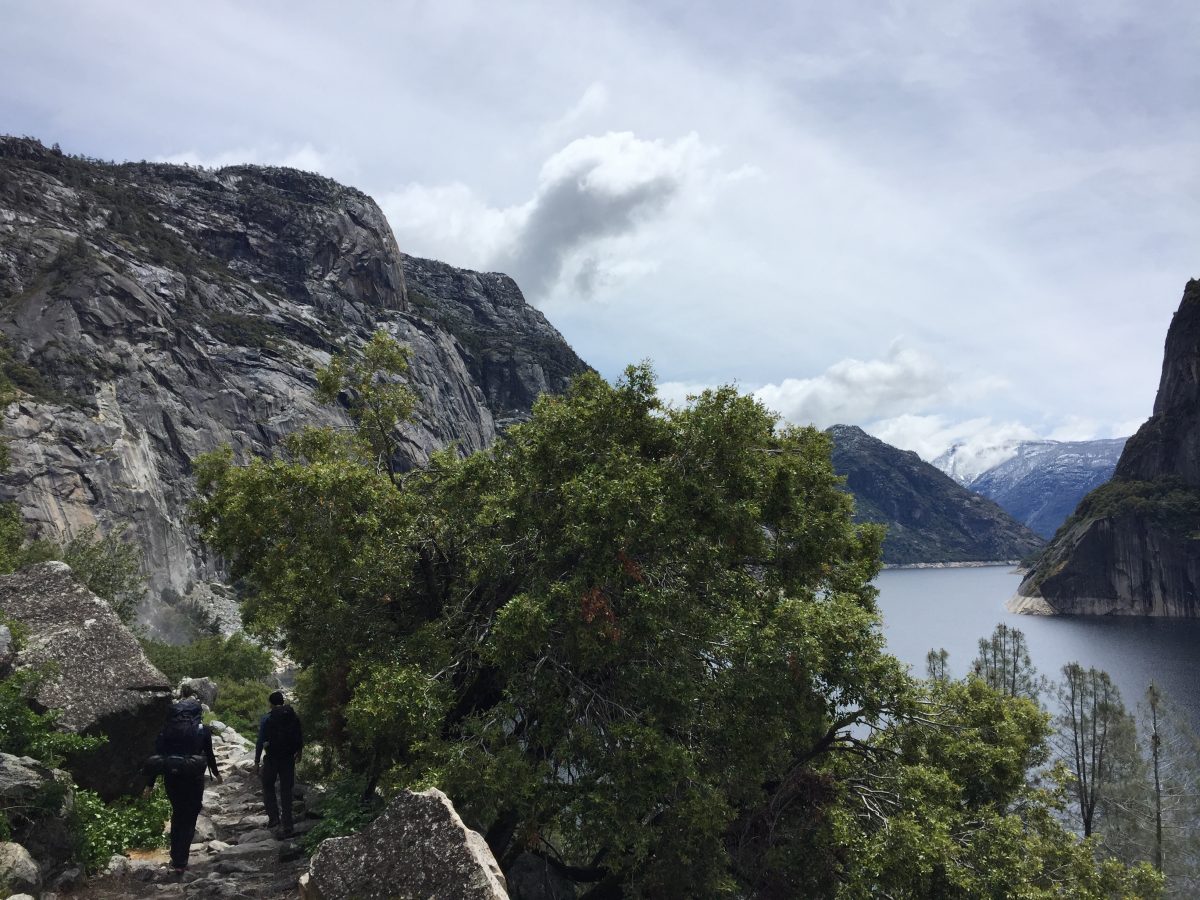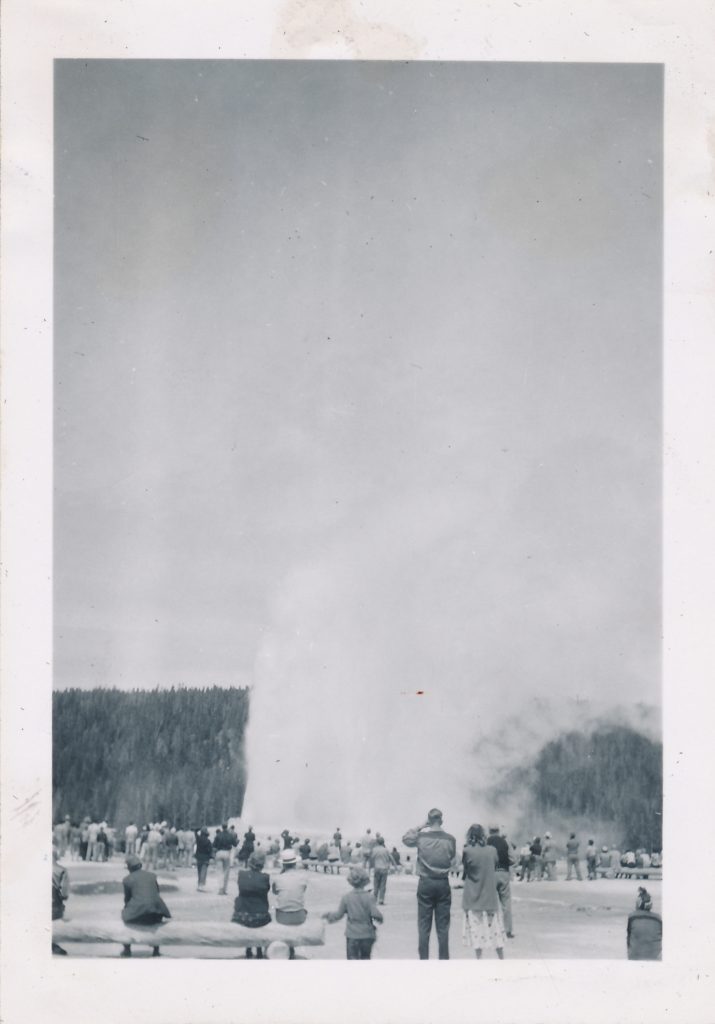This post contains affiliate links.
Packing for a backpacking trip is a science. While it’s important to be prepared, you also don’t want to be overly prepared.
With everything you need to survive stuffed in a sack on your back, minimalism is key. When it comes to being comfortable, whether you’re trekking over towering mountains, through sweltering deserts or across tall grasslands, every ounce matters. The same, however, can be said for certain provisions.
So how does one balance the two?
With backpacks ranging from 30 to 80-plus liters, you can certainly attempt to pack your entire pantry or The Bushcraft Boxed Set, but scaling that mountain will be a lot more difficult if you do. However, it often takes experience to learn what you really need out there and what you likely won’t.
 On a recent backpacking trip to Yosemite National Park with my husband Mike, his sister and her fiance, I gained some invaluable insight, particularly being somewhat of a novice backpacker.
On a recent backpacking trip to Yosemite National Park with my husband Mike, his sister and her fiance, I gained some invaluable insight, particularly being somewhat of a novice backpacker.
While I have never backpacked solo, I recognize the clear benefits of going tandem: You only have to pack one of certain key items. Forget taking two tents or stoves — as long as you have the right dimensions and enough propane, taking one of each significantly helps lighten the load and leaves room for other important provisions.
Mike and I brought our MSR Windburner Personal Stove System for preparing meals and coffee, while the other pair brought fuel tablets — much lighter and smaller than our stove, but which took double the amount of time to boil water. It wasn’t until after we exited Yosemite and, preparing to board our flight, burned off our remaining propane that we realized all four of us could have relied on the Windburner alone. However, a secondary fuel source — just like an additional water purification mechanism — is never a bad idea to have as a backup.
Read our review of the Windburner here.
Much of the insight we gained from our trip had to do with the unpredictability of the weather.
 While we planned for chilly temperatures and the possibility of some rain and snow, as we were packing our bags the night before flying to San Francisco, the National Weather Service issued a winter storm warning for the northern Sierra Nevadas. Yosemite was expected to get the brunt of it with several feet of snow — with the chance for even more above 6,000 feet. Our wilderness permits were for the Chilnualna Falls trailhead, which in most areas exceeds that.
While we planned for chilly temperatures and the possibility of some rain and snow, as we were packing our bags the night before flying to San Francisco, the National Weather Service issued a winter storm warning for the northern Sierra Nevadas. Yosemite was expected to get the brunt of it with several feet of snow — with the chance for even more above 6,000 feet. Our wilderness permits were for the Chilnualna Falls trailhead, which in most areas exceeds that.
Although we had time to pack a little more accordingly, without snowshoes, we ultimately changed our plans once in the park, opting for what we thought would be a lower-elevation hike beginning at the Hetch Hetchy trailhead. But with elevations reaching up to 7,700 feet, we still experienced rain, snow and sleet as well as marshy and snow-covered trails and campsites.
Thanks to Google Maps, a compass, a topographical waterproof map from National Geographic and our good sense, we had no problem making it through the less-than-ideal conditions.
From this experience, however, I learned the importance of bringing waterproof gloves and a second pair of extra socks — as well as even a junky pair of flip-flops, which I could have worn around the camp as my socks and shoes dried.
 An extra day of meals would have been wise as well, should we have gotten stuck on the trail another day due to inclement weather or any other unforeseen circumstance.
An extra day of meals would have been wise as well, should we have gotten stuck on the trail another day due to inclement weather or any other unforeseen circumstance.
Additionally, strenuous outdoor activity always has a way of reminding me that I’m no longer in my 20s and that my post-baby bod is not quite the same as it used to be. Although I have never been one for trekking poles, this trip made me a believer. This time around, a single walking stick — which I found halfway through the trip — made do, helping me navigate log crossings and ease the tension on my knees.
Last, but not necessarily least, the vast, overwhelming beauty of Yosemite reminded me of the fact that it is time to invest in a new cellphone — one with an improved camera. No more lugging my point-and-shoot camera (in addition to my phone) on my outdoor adventures.
With my newfound outdoor acumen, I’m already planning for our next trip — to Badlands National Park.





